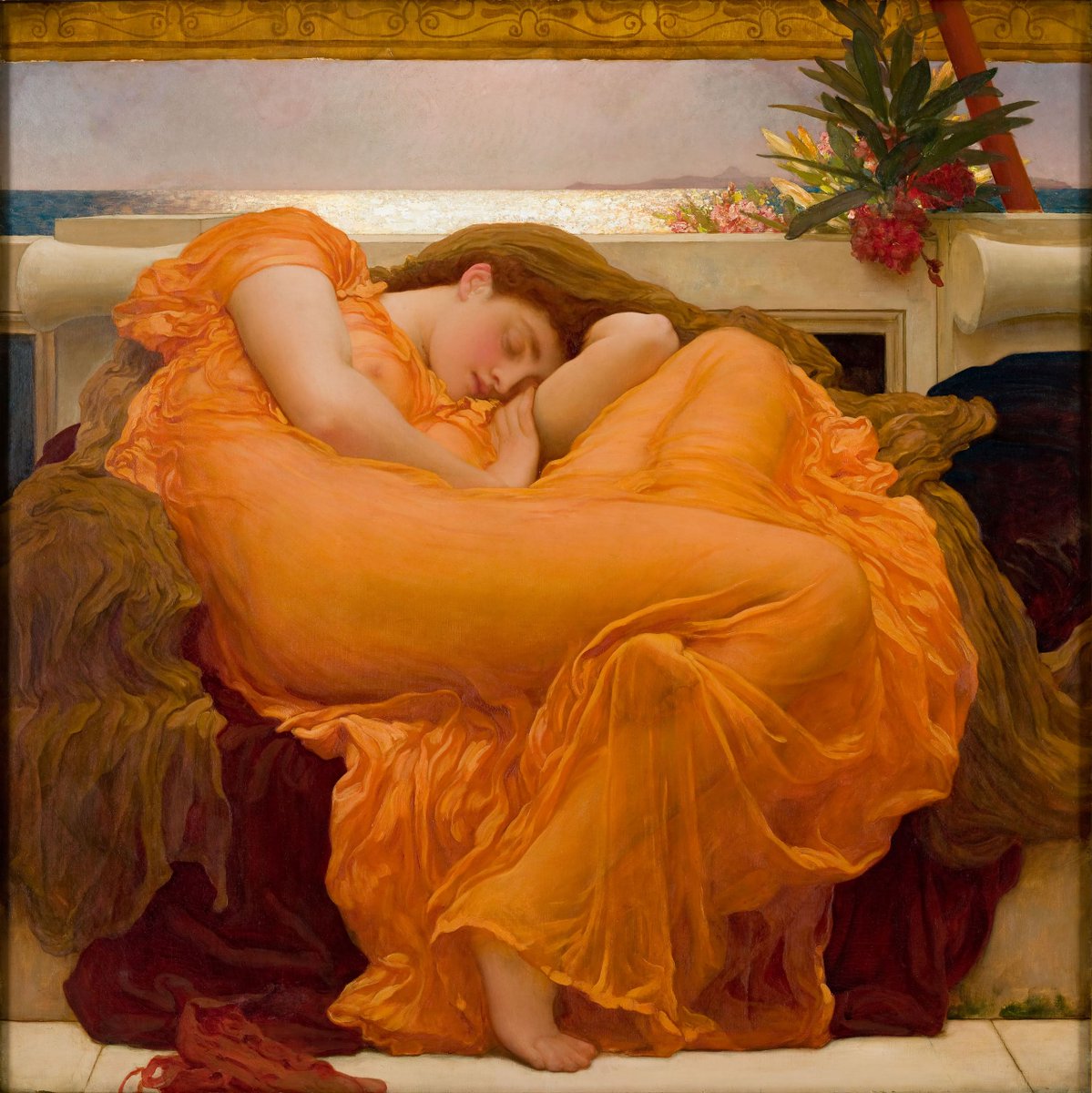1127
1128
1129
1130
A mosaic of the wolf suckling Romulus and Remus, the twin founders of Rome, from the Roman fortress site at Aldborough near Leeds, circa 300 AD. Collection: Leeds Museums and Art Galleries @LeedsMuseums .
1134
1135
1136
1137
1138
1140
1141
1142
1143
1145
1147
1148
1149
1150































